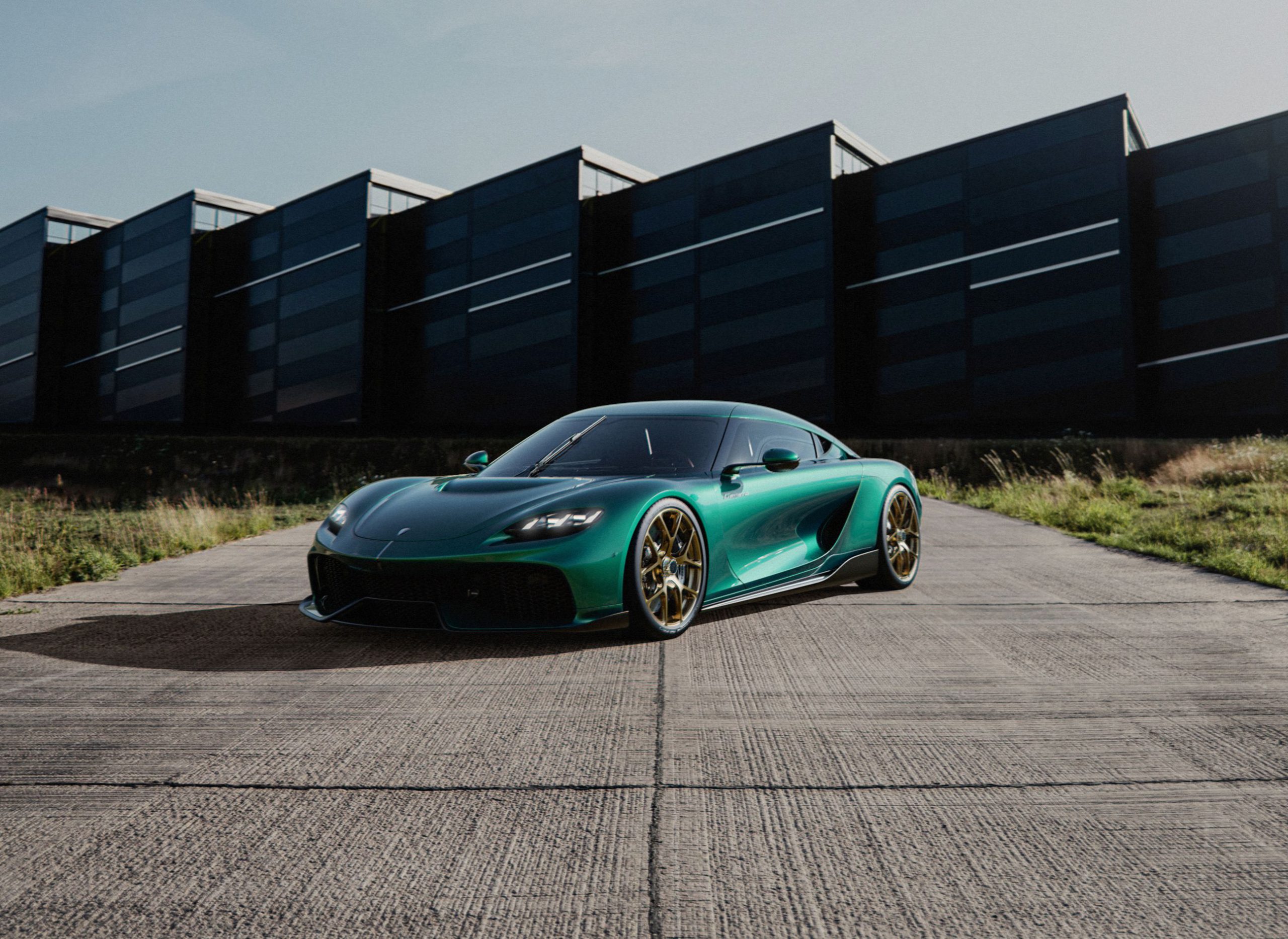The Unthinkable Hypercar Choice: V8 or 3-Cylinder?
When you think of hypercars, what comes to mind? Unbridled power, stunning design, and exclusivity that makes billionaire collectors salivate.
So when Koenigsegg offered the Gemera, it seemed like a sure bet that the world’s elite would jump at the chance to own one.
But here’s the kicker: they had to choose between two different twin-turbo, hybrid powertrains—a beastly V8 or a quirky, yet powerful, three-cylinder.
Naturally, you’d think the eccentric millionaires and billionaires would be all over the 600 horsepower three-cylinder, right? Wrong.
Every single one of them opted for the V8 instead. Let’s dive into the hows and whys of this unexpected hypercar saga.

The Crazy World of Hypercars
First, let’s set the stage. Hypercars are not just cars; they are a statement, a status symbol, a piece of engineering art.
These are vehicles that make even Ferraris look pedestrian.
Koenigsegg, a name synonymous with pushing the boundaries of what’s possible, decided to shake things up with the Gemera.
It was supposed to come with two options: a 5.0-liter twin-turbocharged V8 and a 2.0-liter twin-turbo three-cylinder, both paired with an electric motor.
Now, this isn’t just any three-cylinder. Dubbed the “Tiny Friendly Giant” (TFG), it produced a mind-boggling 600 horsepower, thanks to some of the most advanced internal combustion engine tech ever devised.
But the hypercar aficionados didn’t bite.
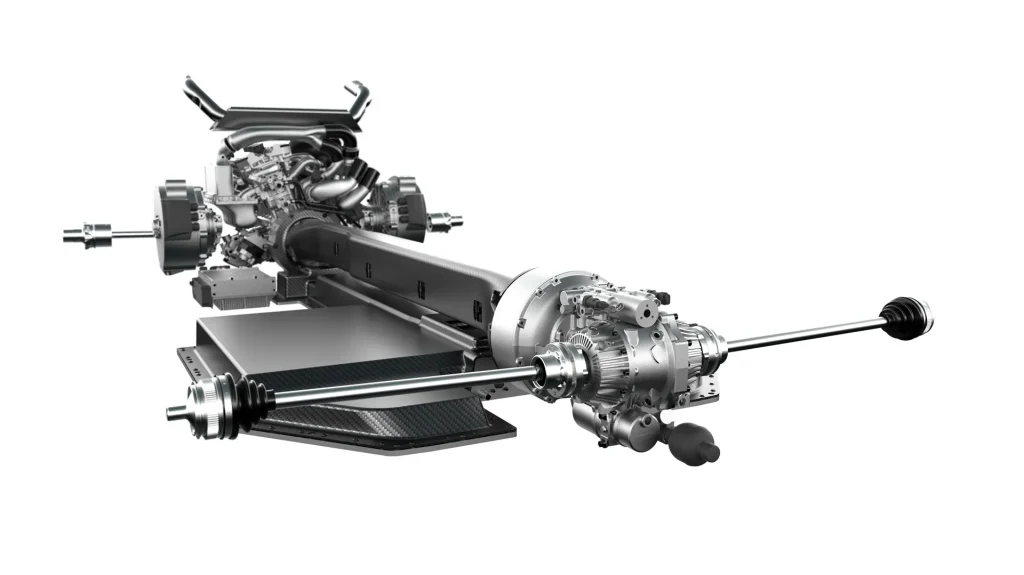
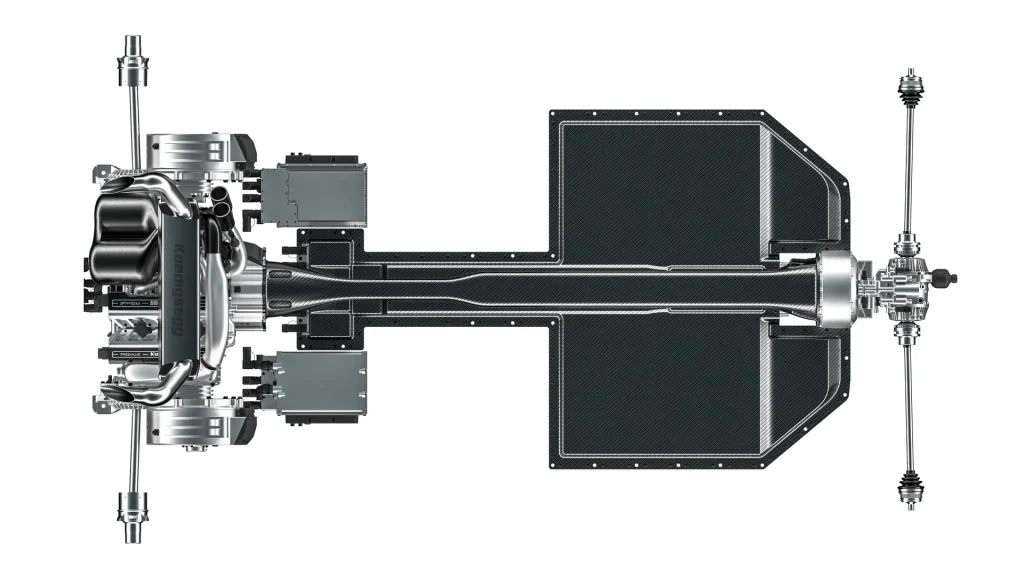
Three Cylinder Motor
The Episode: Top Gear’s Revelation
Christian von Koenigsegg, the mad genius behind these automotive marvels, spilled the beans on the Top Gear Magazine Podcast.
In a chat with Jack Rix, he revealed that the three-cylinder Gemera was so unpopular that he ended up convincing the few who did order it to switch to the V8. “In a nutshell, they all turn into V8s,” Koenigsegg said.
The man himself had to intervene to ensure no three-cylinder Gemera would hit the road.

Image Courtsey : TopGear
Why the V8?
So, why did the wealthy flock to the V8? Let’s break it down:
- Horsepower Obsession: The V8 variant boasts an insane 2,300 hp and 2,038 lb-ft of torque. That’s almost 1,000 hp more than the three-cylinder version. For many buyers, more is always better, especially when you can boast about owning a 2,300 hp car.
- Familiarity: The super-rich often play it safe with their investments. A V8, especially one from Koenigsegg, is a known quantity. It’s big, loud, and traditionally powerful—everything a hypercar should be.
- Performance Metrics: While Koenigsegg never released official specs for the three-pot Gemera, it was expected to be lighter and potentially quicker in some scenarios. However, raw numbers like horsepower and torque are often more impressive on paper and in conversations.
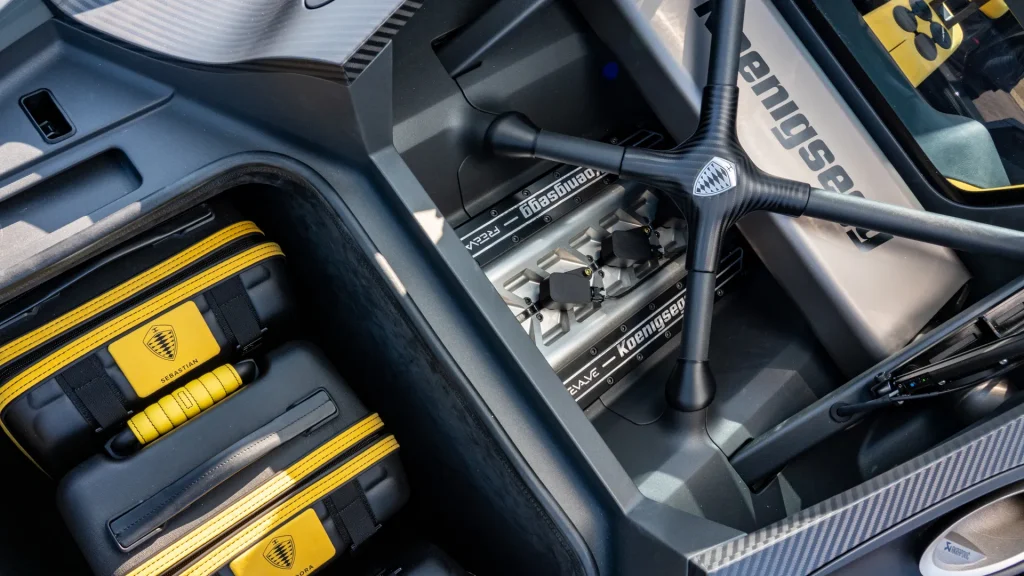
What we see is V8 over here.
The Engineering Marvel That Could’ve Been
The three-cylinder Gemera wasn’t just a gimmick.
It was an engineering marvel. Using Koenigsegg’s revolutionary Freevalve system, the TFG engine didn’t rely on camshafts like traditional engines.
Instead, it used computer-controlled, electro-hydraulic-pneumatic lifters to operate the intake and exhaust valves. This allowed for infinitely variable valve timing, which improved performance and efficiency across the board.
The Freevalve system enabled faster turbocharger response and better overall efficiency. In theory, this made the three-cylinder Gemera not only powerful but also a technological showcase.
It could have been a testament to innovation and the courage to break away from tradition. But alas, tradition won.

The V8: Tempting Specs
Admittedly, the V8’s specs are beyond tempting. With 2,300 hp and 2,038 lb-ft of torque, it’s a monster.
Paired with Koenigsegg’s “Dark Matter” radial-flux electric motor, the Gemera V8 set new benchmarks for hybrid hypercars. For the uber-wealthy, this kind of performance is hard to resist.
However, isn’t 1,400 hp from the three-cylinder version enough? That’s still more than the Bugatti Veyron Super Sport’s quad-turbo, 16-cylinder engine.
It’s a question of how much power is too much and whether the pursuit of raw numbers overshadows the innovation that could drive the industry forward.

The Missed Opportunity
In choosing the V8 over the three-cylinder, Koenigsegg’s clients missed out on owning a piece of automotive history. The TFG engine represented a bold step into the future, showing that power doesn’t always come from displacement and cylinder count.
Instead, the focus was on efficiency, responsiveness, and innovation.
It’s a classic case of what could have been.
The three-cylinder Gemera would have been a unicorn in the world of hypercars, a testament to Koenigsegg’s vision and daring. Instead, the market opted for the familiar roar of a V8.

Why Rich Folks Missed the Mark
So, why did the elite blow their chance at something truly unique? Let’s speculate:
Fear of the Unknown
Even among the wealthy, there’s a fear of the unknown. The TFG engine, with its groundbreaking technology, represented a significant departure from traditional engine designs.
While innovative, it also carried perceived risks—what if it didn’t perform as expected? What if it had reliability issues? These are questions that could have spooked potential buyers.

Status Quo Bias
Hypercar buyers are often more conservative than you’d think.
They like their cars to be traditional in some respects. A V8 is a known entity—loud, powerful, and familiar. The TFG engine, despite its potential, was an unknown quantity.
Resale Value Concerns
Exclusivity can enhance a car’s resale value, but it can also be a double-edged sword. If something goes wrong with a highly innovative but unproven engine, it could tank the car’s value.
The V8, with its proven track record, presented a safer bet for collectors.
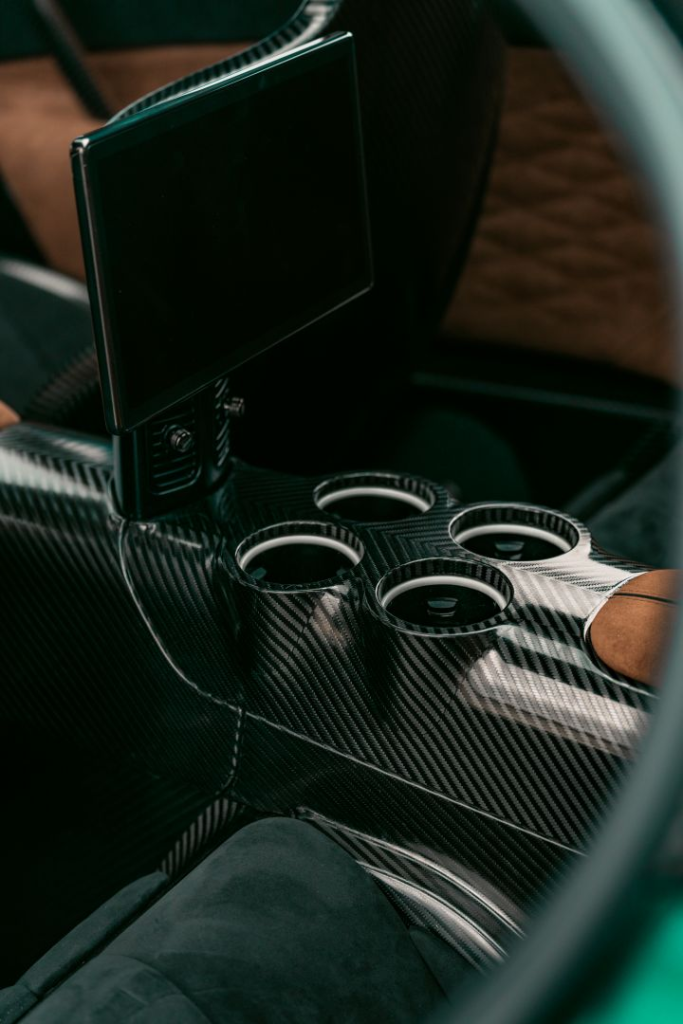
Power Play
Let’s be real—hypercars are all about bragging rights. An additional 1,000 hp is a significant talking point. Even if the three-cylinder Gemera was nearly as fast, the V8’s sheer numbers were more impressive at cocktail parties and in hypercar enthusiast circles.
The Future of Innovation in Hypercars
Koenigsegg’s three-cylinder engine may have been too ahead of its time, but it also highlights a broader issue in the automotive world.
Innovation often takes a backseat to tradition, even among those who can afford to take risks.
The Gemera story underscores the challenge of pushing boundaries in a market that’s as much about status as it is about engineering excellence.

Conclusion: The Hypercar That Never Was
The Koenigsegg Gemera’s three-cylinder engine could have been a game-changer, a symbol of how far engineering can go when we think outside the box.
Instead, it serves as a reminder that even in the world of hypercars, old habits die hard.
In the end, the Gemera’s story is a fascinating one. It’s a tale of missed opportunities and the tension between innovation and tradition.
And while the V8-powered Gemera will undoubtedly be a marvel in its own right, we can’t help but wonder what could have been if the TFG engine had its moment in the sun.



























